Teacher collaboration is key to students’ success, especially when a child works with multiple teachers throughout the day. Honestly, though, it’s hard to find the time to collaborate with our colleagues.
Even when we are lucky enough to have common plan periods or a regular meeting schedule, talking about how to help individual kids doesn’t always happen. The school day is SO busy, and other things just seem to get in the way.
As a reading specialist, I work with 2 program assistants who deliver reading interventions to our bilingual K-2 students. The three of us service about 30-40 kids in a given year. And even though I only personally see about 10 of those kids, I still need to be aware of how they are doing. I help make decisions about their interventions and sit in on problem-solving meetings about those students.
Even though my two assistants and I work in the same room together, it’s been difficult to find time to collaborate. I want to stay up-to-date on how students are doing, and they often have questions for me. We do touch base in person whenever possible, but our schedules are definitely packed.
So this year I’m trying something new. I’ve created communication logs for us to use, and I’m asking the assistants to create an entry for each child at least every other week.
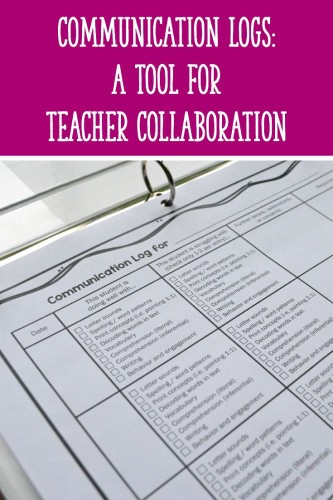
Here’s what each log sheet looks like:
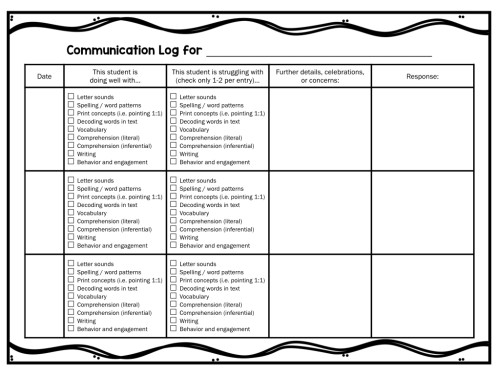
Each time one of the program assistants makes an entry, she dates it, checks off something the child is doing well, and checks off 1-2 things that the child is struggling with. In the fourth column over, she elaborates on her notes and writes down any questions she has for me. She leaves the fifth column blank, so that I can write my response to her with any suggestions and ideas.
This certainly doesn’t replace face-to-face communication (especially for more serious issues). But I hope that it will be a step in the right direction for improving our communication about specific students. I also like that it will provide me with a written record that I can easily grab when heading to a meeting about one of the children.
If your students work with aides, volunteers, ESL teachers, or other support teachers, you can try out one of these communication logs, too. I’m giving one binder to each program assistant, and then she will have a different sheet for each child (and will add more as time goes on). To download the binder covers I used, click on the photo below (they do not have the little initials in the bottom right-hand corners – those are just for my program assistants):
If you’d like to use the same log sheet that I do (geared toward primary-grades readers and writers), click on the image below. There is also a blank form that does not have the little checklist of literacy behaviors, in case you have older students or are using it for math or another subject:
If you try these out, let me know how it goes! To stay updated on how I’m using the logs and our other intervention activities, follow me here on Instagram.
Happy teaching!

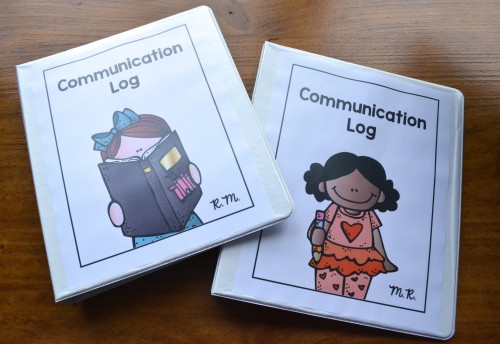
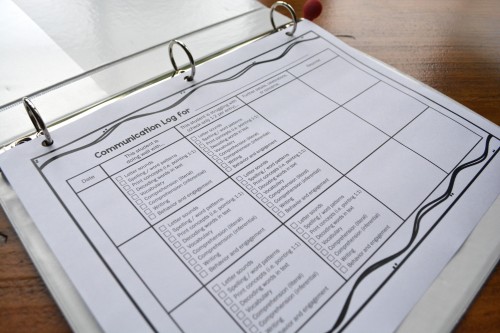
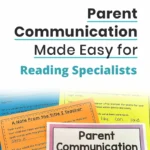
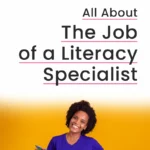

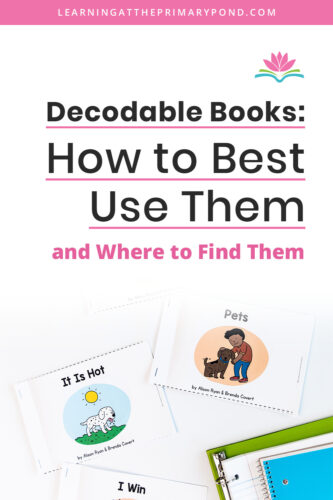
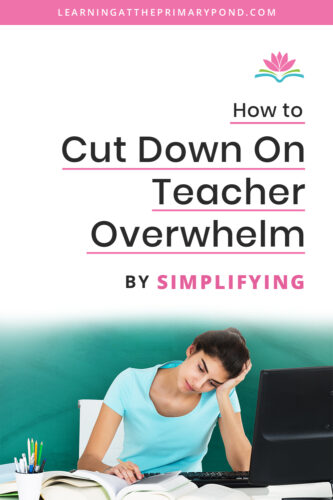
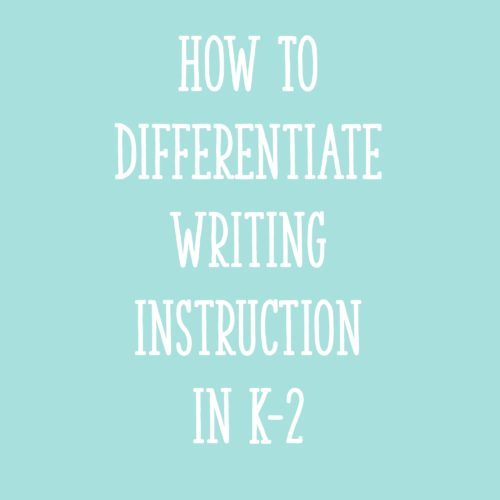






Alison,
Do you have these logs in printable form on any of your sites?
Hey Jen! A printable PDF of the form is linked to the last photo – let me know if you meant something else though!
Alison
I would like to down load a communication log from your site. Do I have to be a member?
Hey there! This link should work for you to access the log: Communication Log